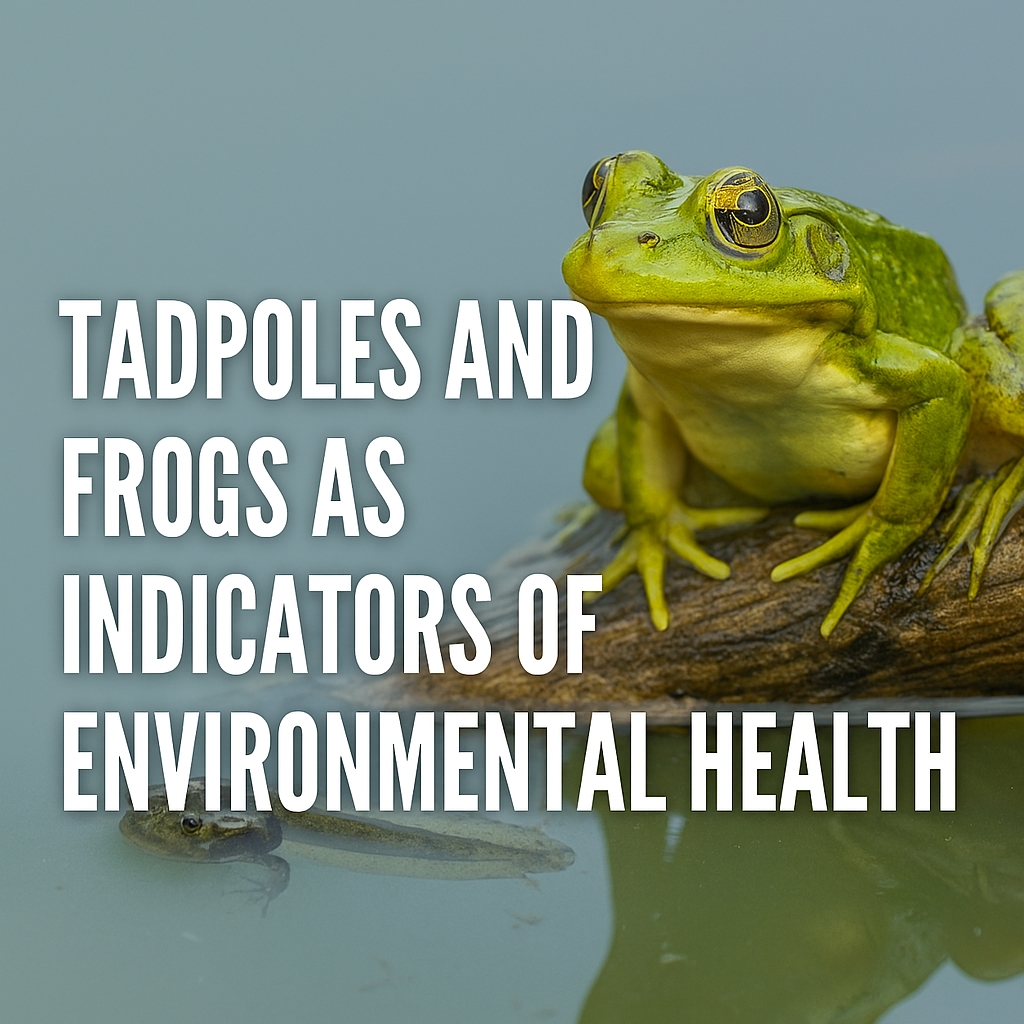Biofilters and Ecofilters: An In-Depth Look at Environmental Guardians
Introduction
In the realm of environmental science, biofilters and ecofilters are emerging as powerful tools in the fight against pollution. These biological systems, teeming with microorganisms, work tirelessly to treat pollutants and odors in air and water, contributing significantly to sustainable living.
Biofilters: The Basics
Biofilters are biological systems designed to treat odorous air. They consist of a filter bed layered with organic materials such as peat, compost, or wood chips. This bed serves as a habitat for bacteria and fungi, which are the primary agents in the treatment process.
The air to be treated is passed through the filter bed, where the microorganisms metabolize the pollutants, converting them into harmless substances like carbon dioxide and water. This process is entirely biological, making biofilters an environmentally friendly solution for odor control.
The Science Behind Biofilters
The effectiveness of a biofilter depends on several factors. The type and concentration of pollutants, the characteristics of the filter media, and the environmental conditions all play a role in the performance of the biofilter.
The key to the biofilter’s operation is the biofilm, a layer of microorganisms that forms on the surface of the filter media. The pollutants in the air are absorbed into the biofilm, where they are metabolized by the microorganisms. The rate at which pollutants are absorbed and metabolized determines the efficiency of the biofilter.
Ecofilters: A Broader Perspective
While biofilters are designed specifically for air treatment, the term ‘ecofilter’ encompasses a broader range of biological filtration systems. Ecofilters can be used to treat both air and water pollutants, making them a more versatile tool in environmental management.
Ecofilters can include systems like bioswales and biostrips, which are designed to treat stormwater runoff, as well as biobags and bioscrubbers, which are used for air treatment. These systems all rely on the same basic principle as biofilters: using microorganisms to metabolize pollutants.
Conclusion
Biofilters and ecofilters represent a significant advancement in our ability to manage pollution in a sustainable way. By harnessing the power of microorganisms, we can treat pollutants effectively without resorting to chemical methods. As we continue to seek out sustainable solutions for environmental management, the role of biofilters and ecofilters is likely to become increasingly important.
Join the Discussion
We invite you to share your thoughts and insights on biofilters and ecofilters. How do you see these systems being used in the future? What challenges and opportunities do they present? Join the conversation using the hashtags #Biofilters, #Ecofilters, #SustainableLiving, and #PollutionControl.

















Leave a Reply